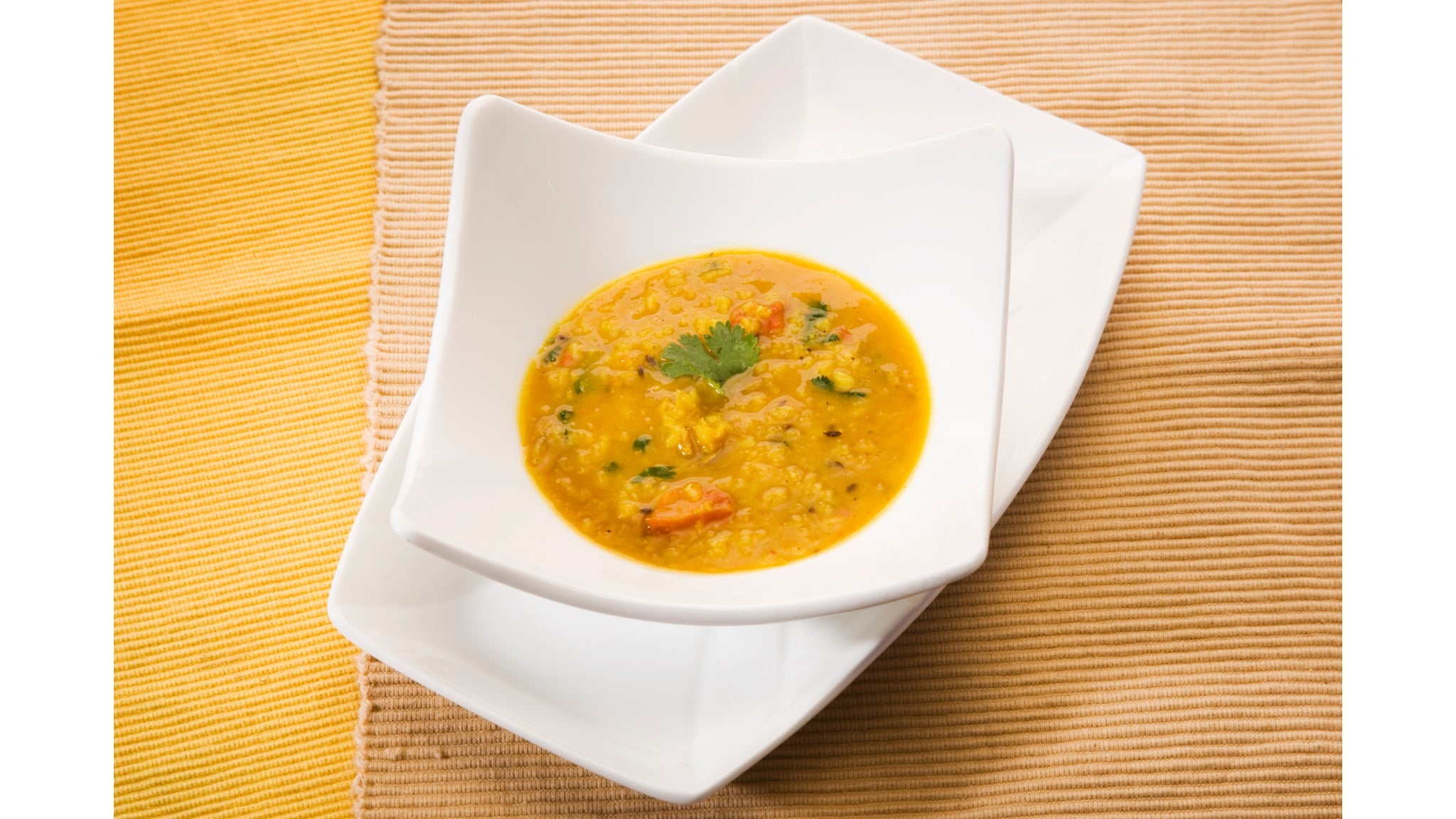
Spring Cleanse with Tiktakam Kwatham
Tiktakam Kwatham is traditionally used during the spring season when there is an accumulation of ama or impurities in the body. The main herbs in Tiktakam Kwatham, such as patola, neem, and katuka, are known to have detoxifying and cleansing properties.

Healthy Skin and Ayurvedic Soaps
Ayurveda sees the skin as a major indicator for determining health. Assessing a person’s complexion, undertone color, texture, and compactness is one of the ways an Ayurvedic practitioner determines health. Many people with skin disorders utilize Ayurveda for its skin healing herbs, like khadira, neem, turmeric, guduchi, kutaja, and patola to help the skin heal.

Sharad Ritucharya – Selfcare For Fall Season
Ayurveda suggests a simple fundamental principle for maintaining strong health. It is called dinacharya (daily routine) and ritucharya (seasonal routine). When you follow a well-designed daily and seasonal self-care routine suited toward your prakriti (personal constitution) which compensates for the seasonal ups and downs of the doshas, you can maintain good health, strength, and immunity.

Grishma Ritucharya - Self Care for Summer Season
Grishma ritu occurs from July through mid-September and is the last season of Aadaan Kaala, the half year period of Uttarayana when the sun is moving toward the northern hemisphere. The intensity of the sun’s rays during this season is high and causes the depletion of kapha or moisture and cooling properties from the atmosphere.

Dinacharya for Kapha Mind and Body Type
What does a kapha dominant person need to maintain their best health throughout their life? Kapha people normally have a strong body structure with excellent endurance and stamina. They have large, soft eyes with smooth, radiant skin and thick hair. Those who are predominantly kapha sleep soundly and have regular digestion.

Dinacharya for Pitta Mind and Body Type
Let’s learn how to balance Pitta dosha! Pitta dosha consists of two elements: fire and water. Pitta is heating, slightly oily, sharp, penetrating, and fluid. It governs all mind and body transformations, like the processing of thoughts, ideas, and emotions as well as all inputs from the five senses and food.

Dinacharya for Vata Mind and Body Type
What does a vata dominant person need to maintain their best health throughout their life? Since vata dosha consists of the elements air and space, their characteristics are cold, light, dry, rough, flowing and expansive. Vata people are usually described as having a petite, slender body with delicate facial features and soft skin, as well as a mind that is energetic, creative, and spiritual.

Dinacharya the Path to Longevity and Living Well
An Ayurvedic practitioner will personalize your dinacharya plan by considering your dosha (prakriti), climate (desha), age (daha), activity (acharya), and imbalance (vikriti). When the effects of all these factors are considered, a personalized dinacharya plan becomes a powerful tool for improving and maintaining your best health.

